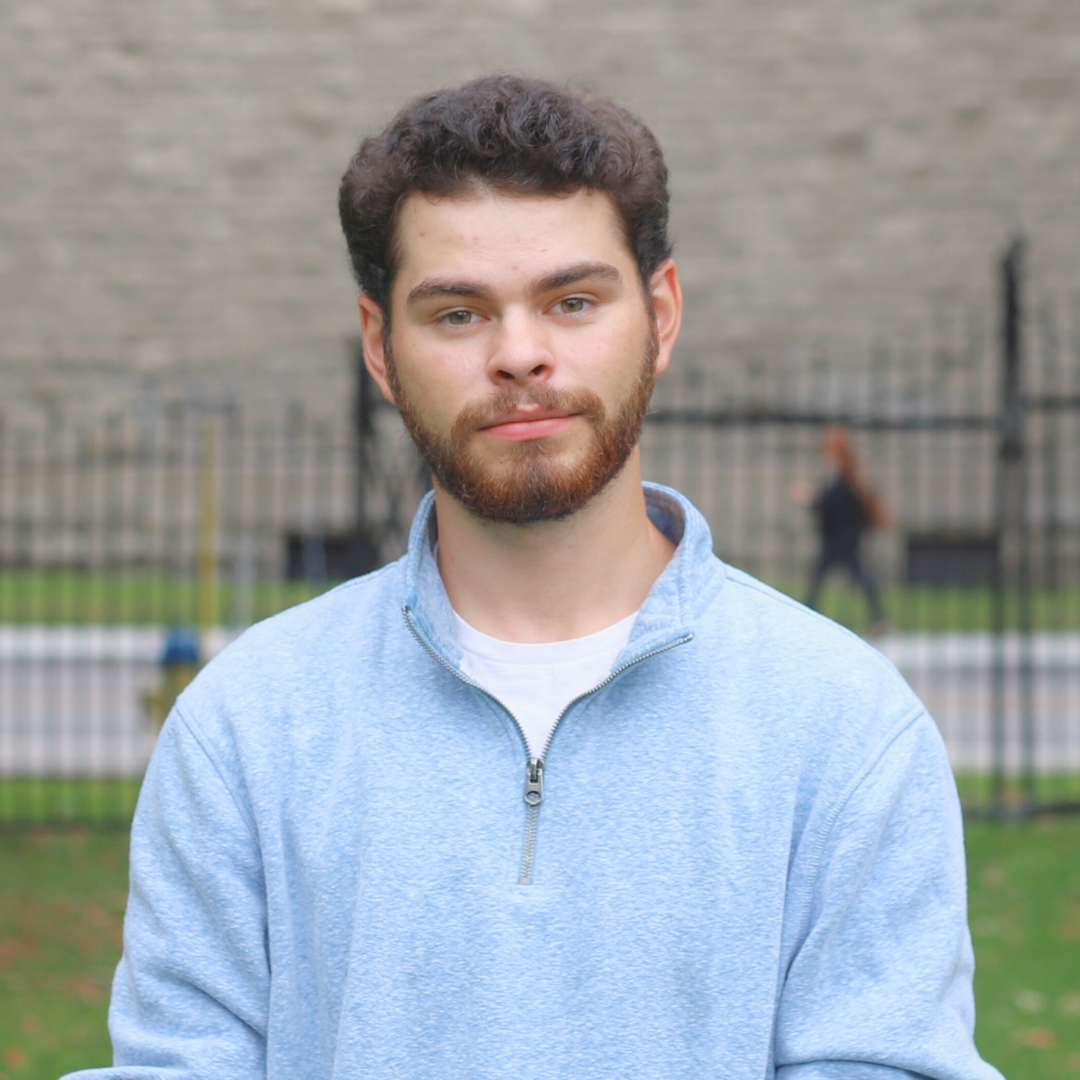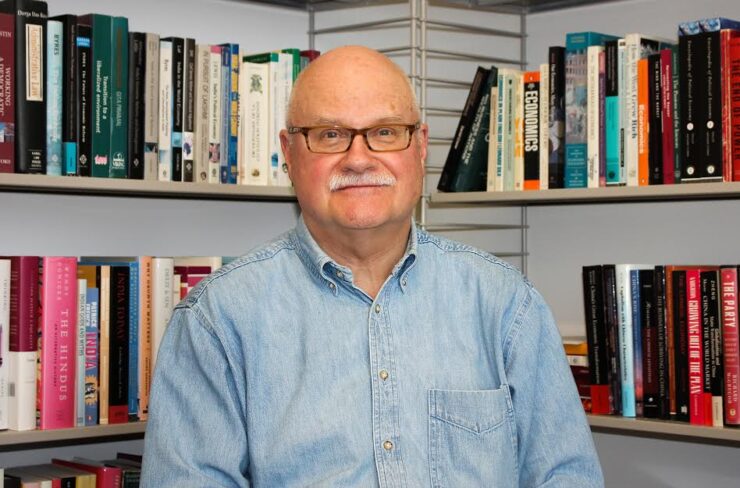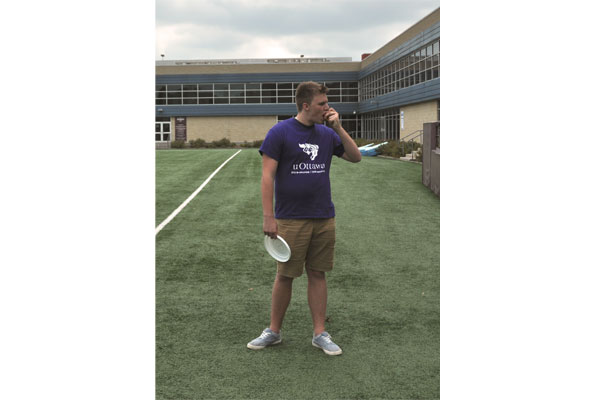This change will likely entice countless CHL grads to cross the border for NCAA programs
On Sportsnet’s Hockey Night in Canada broadcast on March 23, Elliotte Friedman leaked potential rule changes for junior hockey. The rule changes, if enacted, would allow Canadian Hockey League (CHL) players to play in the NCAA after tenures in the Ontario Hockey League (OHL), Quebec Maritime Junior Hockey League (QMJHL) or Western Hockey League (WHL).
“What we understand is [NHL general managers] were told that the NCAA is actively considering removing all restrictions for CHL players to play after their CHL careers are done,” said Friedman.
Friedman went on to explain that no timeline or agreement has been announced, but the NHL is preparing for it. “There’s no question that this is now on the NHL’s radar, and it could be a very big change,” the insider finished with. A big change, not just for the NHL, CHL, NCAA, but undoubtedly also for U SPORTS.
Previously, players who wish to play in the NCAA can have a CHL team cover expenses for them for up to 48 hours, as a one-time allowance for a tryout. This is one of a few strict rules regarding NCAA eligibility, who consider players from the major junior leagues in Canada as pro players, and thus ineligible to play amateur hockey at their colleges and universities.
U SPORTS, however, does not just allow CHL players to play after their time in the league, but encourages it. The league covers a year of tuition for each season a player competes in the CHL —and according to the CHL, over 956 graduates were utilizing that funding during the 2019-20 season. The Canadian university ranks are dominated by CHL alumni, with over 80 per cent of players at the recent U SPORTS Men’s Hockey Championship coming from the CHL.
So why now? The CHL-NCAA blockade has long been a point of debate among hockey fans, but for years the NCAA would not budge. But coming off the US Supreme Court ruling in 2021 which held that the NCAA was not allowed to limit any education-related payments to students, the association has seen widespread changes in the past few years.
The league was forced to adopt name, image, and likeness (NIL) regulations, which allow athletes to profit off themselves from sources like sponsorship deals and video games. And now, the next step seems to be allowing players they previously deemed ‘professionals’ to play in their ranks.
So what does this all mean for U SPORTS? The details have obviously been yet to be worked out, but in a few words: not good. U SPORTS’ main attraction for top talent is the ability to play after their CHL careers are finished.
They have less funding than the NCAA, less viewership, and — although a trend has begun which has seen U SPORTS goalies in particular advance to the NHL — less exposure to NHL scouts, meaning less of a chance to make it to the next level.
This makes for great competition in U SPORTS, however. The players are older than their counterparts in the NCAA, more experienced, and generally play out their entire eligibilities with their Canadian universities, minus some players who are signed to ECHL contracts at the end of the season. Paul Bissonnette and players from the U SPORTS champion UNB Reds have even discussed a game between the winners of both leagues. (My bet? UNB would win.)
What has changed since USCHO editor Jimmy Connelly alleged that the NCAA legislation allowing CHL players to play NCAA after their careers was “likely a dead issue”, after a lack of support was reported among NCAA coaches and athletic directors? That remains to be known.
What we do know is that this rule change — if enacted — will nullify U SPORTS’ advantage, enticing countless CHL grads who would have otherwise stayed in Canada to cross the border for NCAA programs.





